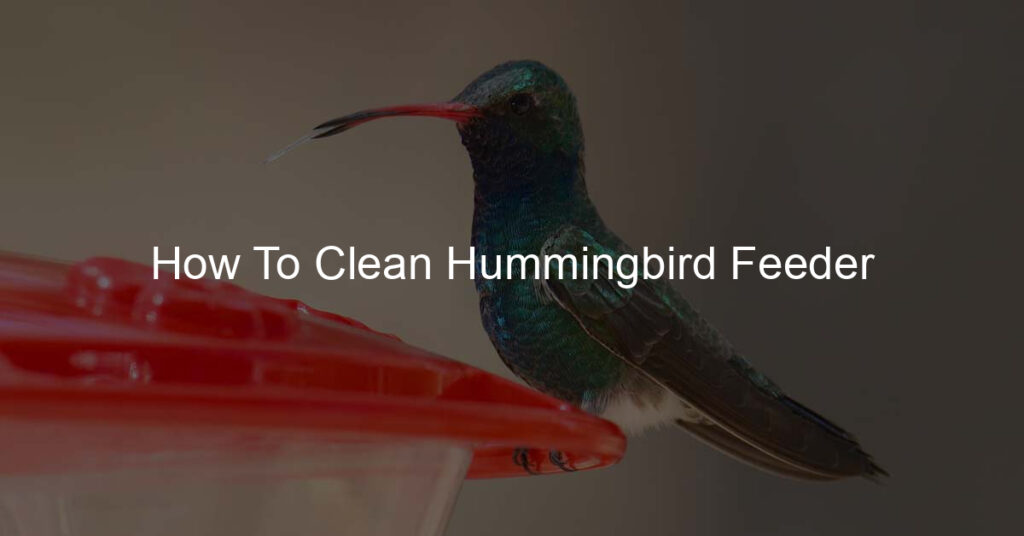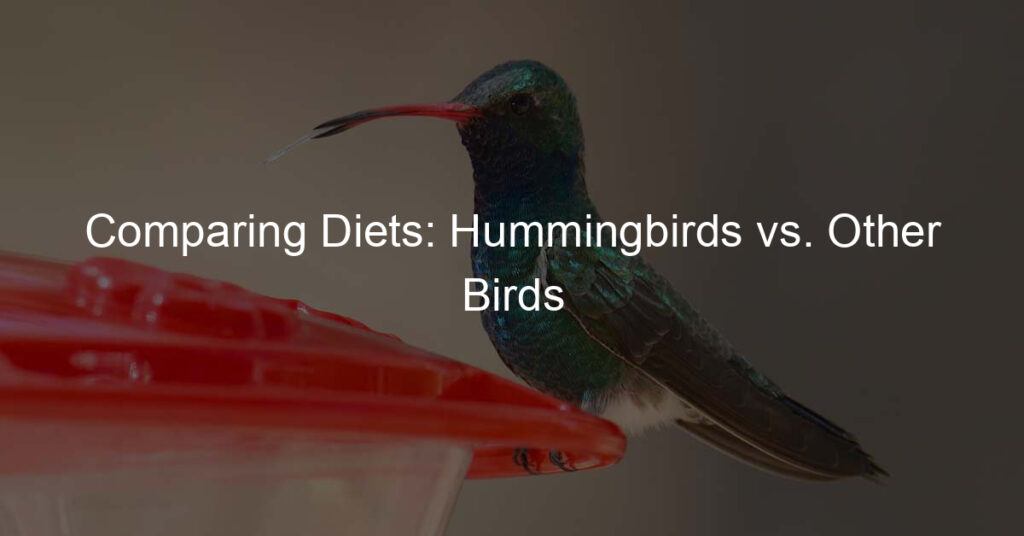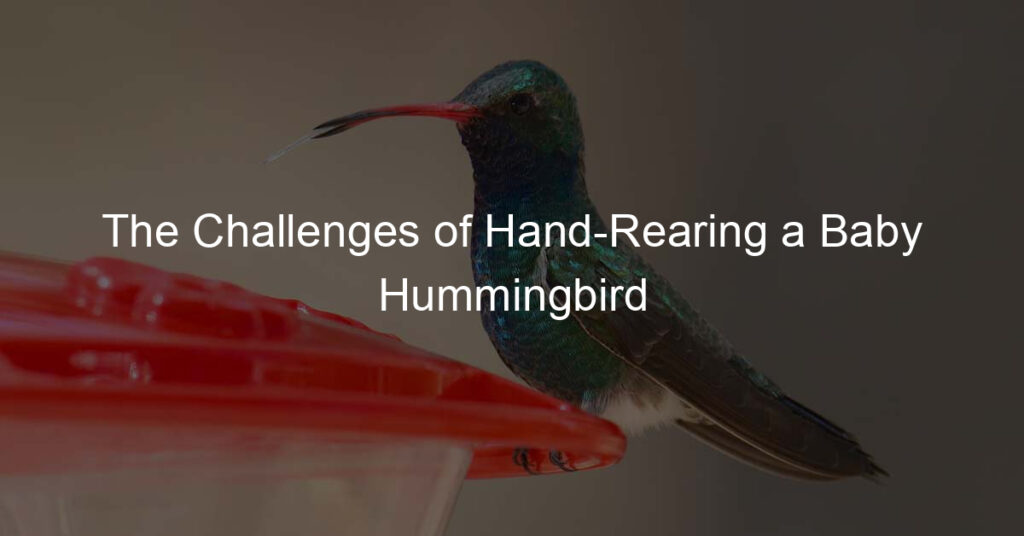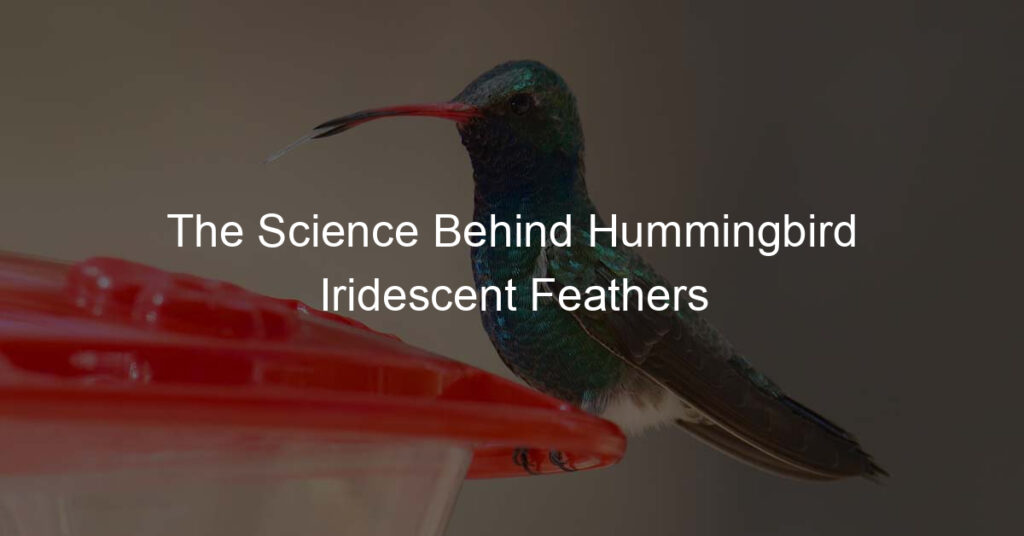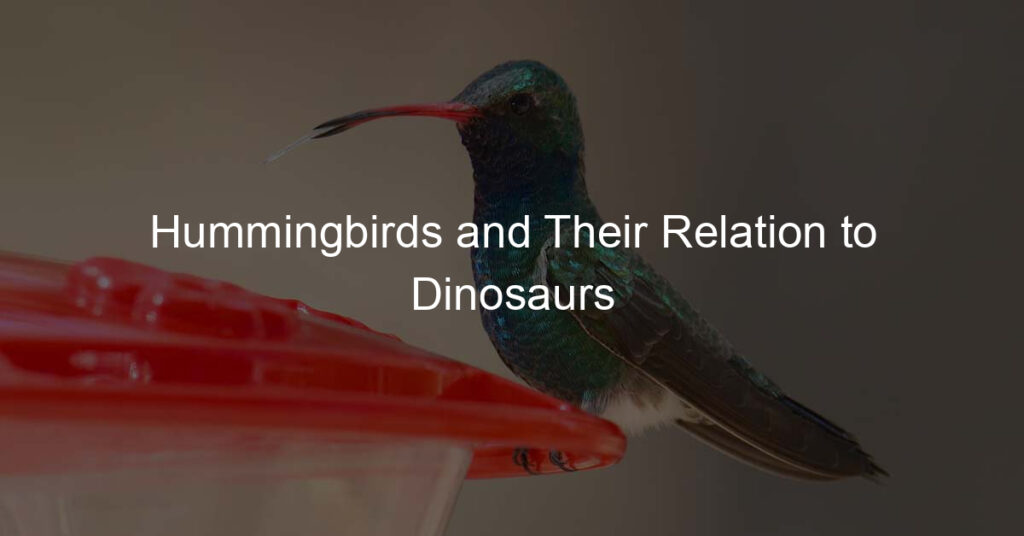If you want to keep your hummingbird feeder clean and free of bacteria, there are a few things you need to do on a regular basis. In this article, we will provide you with a full guide about cleaning your hummingbird feeder.
If you are just like me, you probably enjoy watching hummingbirds flit around your yard. But did you know that those same beautiful creatures can create a big mess at your hummingbird feeder? Over time, sugar water and nectar can harden and become difficult to clean. So, how do you keep your feeder clean and safe for the birds?
The steps, start taking notes
The first step is to empty the feeder completely and rinse it out with hot water. Be sure to also clean the base, perch, and any other parts of the feeder that may have come into contact with nectar or sugar water. Once the feeder is dry, you can refill it with fresh nectar.
To prevent hardening and mold growth, it’s important to clean your hummingbird feeder on a regular basis. At least once a week, empty the feeder and give it a good cleaning. You may need to clean it more often in hot weather or if you live in an area with high humidity.
If you notice any mold or mildew on the feeder, soak it in a solution of one part bleach to ten parts water for 30 minutes. Rinse the feeder well and air dry completely before refilling with nectar.
What is safe to clean a hummingbird feeder with?
You can use a variety of household cleaners to clean your hummingbird feeder, but it’s important to use a mild cleaner that won’t harm the birds. Avoid using any cleaners that contain ammonia or other harsh chemicals.
A good rule of thumb is to only use cleaners that you would use on baby bottles or dishes. Bleach is also safe to use, but be sure to rinse the feeder well and air dry completely before adding nectar.
You can also purchase commercial hummingbird feeder cleaning solutions at your local bird store or online.
When should I clean my hummingbird feeder?
The best time to clean your hummingbird feeder is in the morning before the birds arrive for breakfast. This way, you can be sure the feeder is completely dry before adding fresh nectar.
If you need to clean the feeder during the day, be sure to remove any nectar or sugar water first. The last thing you want is for the birds to drink the cleaning solution!
I hope this guide was helpful. Cleaning your hummingbird feeder is important for the health of the birds and will also help extend the life of your feeder. With a little effort, you can keep your feeder clean and safe for years to come.
How do you disinfect a hummingbird feeder?
If you notice any mold or mildew on the feeder, soak it in a solution of one part bleach to ten parts water for 30 minutes. Rinse the feeder well and air dry completely before refilling with nectar.
You can also purchase commercial hummingbird feeder cleaning solutions at your local bird store or online. Be sure to follow the directions on the package for safe use.
Will vinegar hurt hummingbirds?
No, vinegar is safe to use on hummingbird feeders and will not hurt the birds. Vinegar is a mild acid that can help to remove hard water deposits and nectar residue from the feeder. To clean with vinegar, simply soak the feeder in a solution of one part vinegar to ten parts water for at least 30 minutes. Rinse the feeder well and air dry completely before adding fresh nectar.
Do I need to boil sugar water for hummingbirds?
No, you do not need to boil sugar water for hummingbirds. In fact, boiling the water can actually make the sugar more difficult for the birds to digest. If you are using tap water, be sure it is safe to drink before adding it to the feeder. You can also purchase distilled water if you prefer.
How much sugar should I add to hummingbird nectar?
The general rule is to use one part sugar to four parts water. For example, if you are using 1 cup (240 ml) of water, you would add 1/4 cup (60 ml) of sugar. You can also use honey instead of sugar, but be sure to use a ratio of no more than 1:8 honey to water. Too much honey can actually be harmful to hummingbirds.
So… can I use brown sugar in hummingbird nectar?
Yes, you can use brown sugar in hummingbird nectar. In fact, brown sugar contains more molasses than white sugar and is actually a healthier choice for the birds. Be sure to use the same ratio of 1:4 sugar to water when making your nectar.
What is the best way to store hummingbird nectar?
Hummingbird nectar can be stored in the fridge for up to two weeks. Be sure to tightly seal the container and label it with the date before storing it in the fridge. When you’re ready to use the nectar, simply remove it from the fridge and give it a good stir.
How often should I change the nectar in my feeder?
You should change the nectar in your feeder every three to five days, or as needed. Be sure to clean the feeder thoroughly before adding fresh nectar. Old nectar can spoil quickly and can harbor bacteria that can be harmful to hummingbirds.
Why is my nectar turning brown?
If your nectar is turning brown, it means it is spoiling and should be changed immediately. Be sure to clean the feeder thoroughly before adding fresh nectar. Old nectar can harbor bacteria that can be harmful to hummingbirds.
But wait… why are there ants in my hummingbird feeder?
One of the most common problems with hummingbird feeders is ants. The sweet nectar is a big attraction for these pests, and they will do anything to get to it! There are a few things you can do to keep ants out of your feeder:
· Use an ant moat: These can be purchased at your local bird store or online. Simply fill the moat with water and place it on top of the feeder. The ants will be unable to cross the water and will be deterred from reaching the nectar.
· Use petroleum jelly: Spread a layer of petroleum jelly around the base of the feeder. The ants will be unable to climb over it and will be deterred from reaching the nectar.
· Use Tanglefoot: This sticky substance can be purchased at your local hardware store. Simply apply a layer around the base of the feeder. The ants will get stuck in the Tanglefoot and will be unable to reach the nectar.
So, What are the 5 easy steps to clean a hummingbird feeder?
1. Empty the feeder and discard any remaining nectar.
2. Rinse the feeder well with warm water.
3. Soak the feeder in a solution of one part vinegar to ten parts water for at least 30 minutes.
4. Rinse the feeder well and air dry completely before adding fresh nectar.
5. Change the nectar every three to five days, or as needed. Be sure to clean the feeder thoroughly before adding fresh nectar.
By following these simple tips, you can keep your hummingbird feeder clean and safe for the birds all season long!

